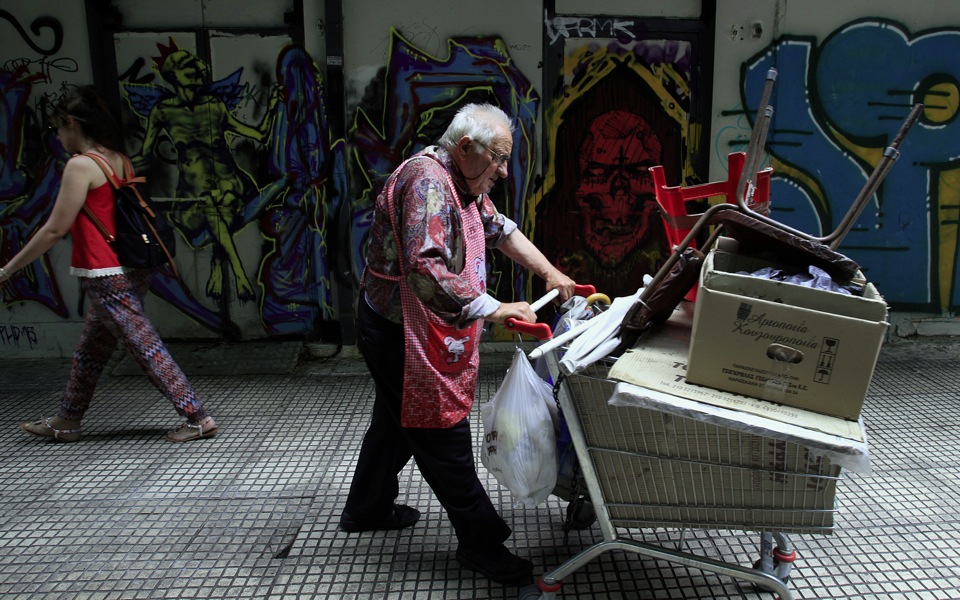Thriving rag-and-bone trade putting environment at risk

Modern-day rag-and-bone men in Greece are doing great business given that the number of old appliances ending up in rubbish bins remains high. This is because when the time comes for Greeks to replace their electrical appliances they do not take them for recycling, but instead drop them outside their homes or ask rag-and-bone men to come and collect them. Greek recycling companies estimate that only 20 percent of old, broken or dead appliances end up at their facilities, while 80 percent is handled by the rag-and-bone trade.
Nevertheless, the latter is a rather dangerous practice, as a large number of these appliances release harmful substances such as cadmium and mercury.
The biggest problem in this case is the fact that most of the old appliances picked up by rag-and-bone men do not go through a process of decontamination. This means that liquid refrigerants (from refrigerators), heavy metals (from television screens) and liquids from car batteries end up seeping in to the ground.
Despite the fact that a large number of municipal authorities work together with electrical appliance recycling firms, in practice municipalities are not particularly organized. Municipal recycling services, when available, do not undertake the transfer of appliances from apartments to the street – responsibility for the move lies with the owner. This proves to be quite difficult when it comes to really bulky pieces and is where rag-and-bone traders step in and agree to collect the appliances. No one really knows exactly where these appliances end up, or which routes are taken before any valuable materials are removed. While the most valuable parts are fridge compressors, the skeletons of the appliances may end up in a trash can or a scrap collector’s yard. Prices for iron, for instance, range between 0.80 and 1.5 euros per kilo, while aluminum exceeds 2 euros per kilo. The most precious metal in electrical appliances is copper, whose price may reach as high as 3 euros per kilo.
Despite Greeks’ hesitation when it comes to the recycling of home appliances, in 2014 the country reached the quantitative target set by the European Union with regard to recycling electrical appliances (4 kilos per resident per annum).
“The electrical appliances market has recorded a drop of about 55 percent in sales since 2008 and this has had a knock-on effect on the replacement rate of old appliances. Based on this, the fact that we achieved the EU’s quantitative targets is very encouraging,” said Marios Intzeler, managing director at Appliances Recycling SA, adding that for a number of years now the country has been up to speed in terms of qualitative targets in the field of decontamination and recycling of the appliances’ raw materials. Nevertheless, the market in question was deeply affected this year by the imposition of capital controls, given that business at scrap yards is conducted mainly through cash.
“In the first week of July the figures were down by 80 percent, with things picking up later. Figures recorded in August and September were slightly lower compared to the ones recorded in the same months the previous year,” noted Intzeler. “The sharp rise observed in the first semester of 2015, however, could bring the whole year closer to last year’s levels, in other words, within the set target.”





